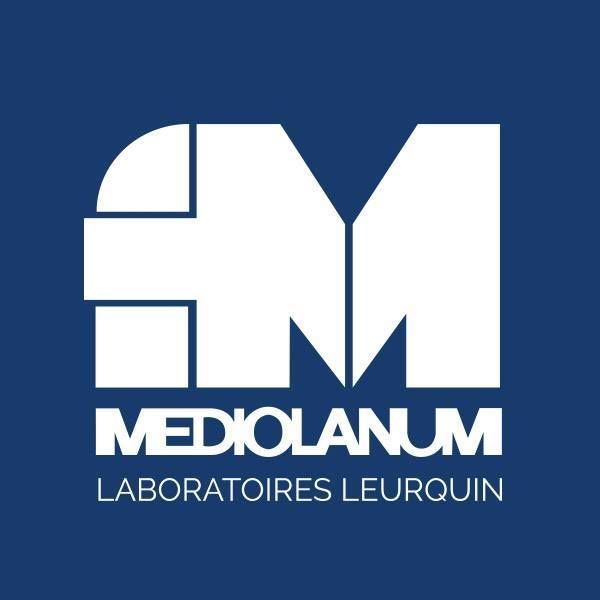2区 · 医学
Article
作者: Signori, Alessio ; Boccardo, Francesco ; Filaci, Gilberto ; Carles, Joan ; Fenoglio, Daniela ; Tomasello, Laura ; Aglietta, Massimo ; Kalli, Francesca ; Zanardi, Elisa ; Scagliotti, Giorgio ; Nolè, Franco ; Del Conte, Gianluca ; Gianese, Francesco ; Parodi, Alessia ; Morales-Barrera, Rafael ; Guglielmini, Pamela ; Ferrera, Francesca ; Criscuolo, Domenico ; Lamperti, Giuseppina ; Altosole, Tiziana ; Astone, Giuseppina
Abstract:Debate is around the optimal immunization regimen for cancer vaccines since too intense vaccination schedules may exhaust reactive lymphocytes. GX301 is a telomerase-based cancer vaccine whose safety and immunological effects were tested in a phase I trial applying an eight administrations schedule. Main objective of this study was to comparatively analyse safety and immunological response to three GX301 regimens in metastatic castration-resistant prostate cancer patients with response/disease stability after docetaxel chemotherapy. This was a multicentre, randomized, parallel-group, open-label trial registered with EudraCT (2014-000095-26) and ClinicalTrials.gov (NCT02293707, 2014). Ninety-eight patients were randomized to receive either eight (regimen 1), four (regimen 2) or two (regimen 3) vaccine administrations. Sixty-three patients were assessable for the primary immunological end-point. Vaccine-specific immune responses were evaluated by intracellular staining for IFN, elispot and cytotoxic assay at 90 and 180 days from baseline. No major side effects were recorded. A 54% overall immune responder rate was observed with 95% of patients showing at least one vaccine-specific immune response. Rate of immunological responders and number of immunizations were proportionally related, suggesting superiority of regimens 1 and 2 over regimen 3. Overall survival did not differ among regimens in both immunological responders and non-responders and was inversely associated (P = 0.002) with increase in the number of circulating CD8 + T regulatory cells at 180 days. These data indicate that GX301 cancer vaccine is safe and immunogenic in metastatic castration-resistant prostate cancer patients. Schedules with high number of administrations should be preferred in future studies due to their better immunological outcome.












